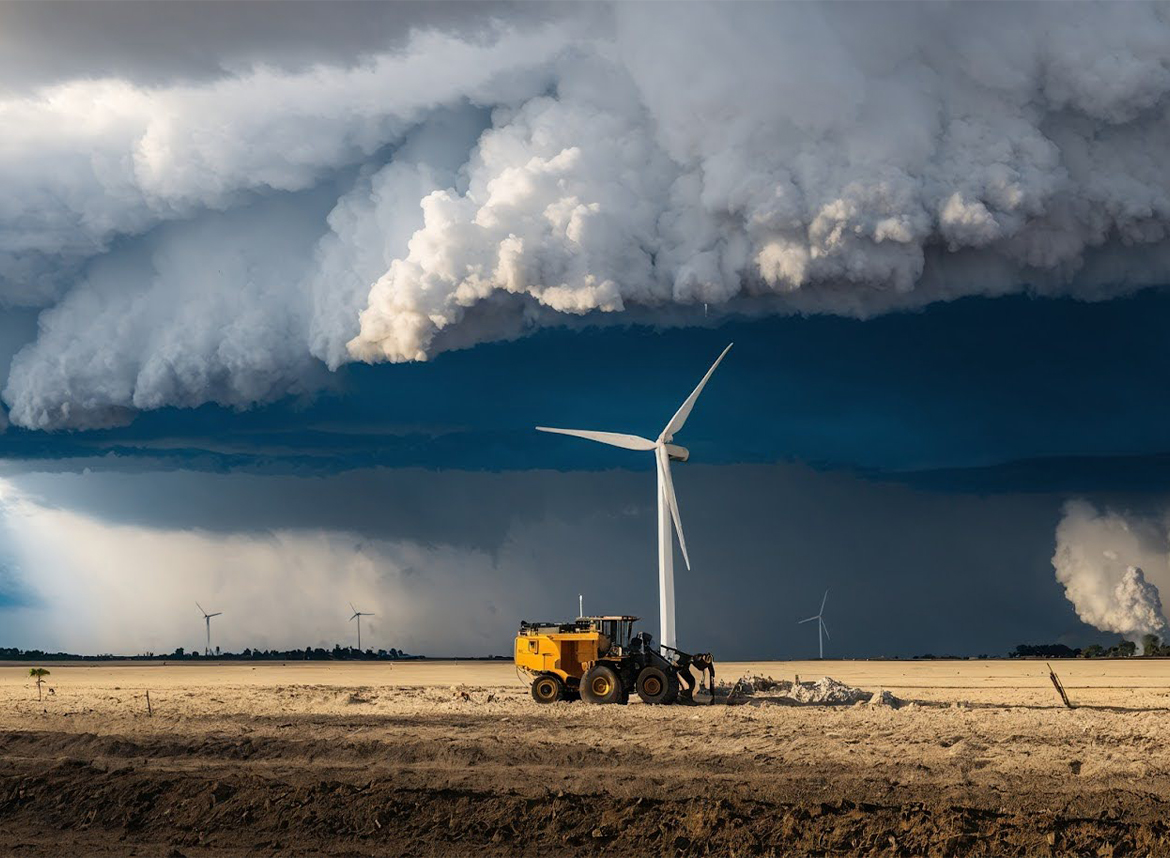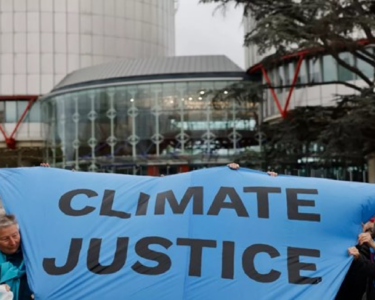Climate change is no longer a distant threat. Its impacts are already visible, from rising sea levels threatening coastal cities to more intense typhoons and droughts. Southeast Asia, a region particularly vulnerable due to its geography and heavy reliance on natural resources, stands at a crossroads. With several nations facing the existential risk of flooding and biodiversity loss, the role of governments in addressing this crisis cannot be overstated.
In many ways, Southeast Asia exemplifies the delicate balance between economic development and environmental sustainability. The region is home to lush rainforests and diverse ecosystems, but it’s also experiencing rapid industrialization. Given the high stakes, the government’s role is pivotal as noted by Ronald Regan “Preservation of our environment is not a liberal or conservative challenge, it’s common sense.”
At the heart of effective climate action is policy. Policymakers shape laws, regulations, and guidelines that dictate how nations and industries function. Southeast Asian governments must lead by enacting effective environmental legislation that prioritizes renewable energy sources, promotes sustainable agriculture, and limits deforestation. Policies such as the Renewable Energy Act in Malaysia and Indonesia’s Peatland Restoration Agency are examples of attempts to address climate challenges. However, implementation often falls short due to competing economic interests and limited enforcement.
In countries like Vietnam, where the Mekong Delta is increasingly vulnerable to saltwater intrusion due to rising sea levels, the government is beginning to explore innovative strategies for adaptation and resilience. Still, while policies and pledges are essential, they need teeth. Strong enforcement mechanisms and periodic reviews can ensure these policies translate into concrete action.
Many Southeast Asian nations are highly dependent on coal and fossil fuels, a legacy of their industrial expansion. However, the global shift towards renewable energy presents an opportunity for governments in this region to reduce their carbon footprint while stimulating economic growth. Governments in the region could take a page from the Philippines’ recent strides in renewable energy, particularly solar and wind. According to the Philippines’ Department of Energy, the goal is for renewables to make up 35% of the energy mix by 2030. “Switching to renewables isn’t just an environmental necessity; it’s an economic opportunity,” says one Philippine environmental advocate. Investing in renewables not only cuts emissions but also creates jobs, boosts energy security, and fosters innovation.
Yet, while countries like Vietnam and Thailand have made notable advances, others lag, often citing financial constraints and infrastructure issues. This brings us to an important consideration: Southeast Asian governments should facilitate partnerships with international bodies, nonprofits, and private entities to attract investment in clean energy. By doing so, they can build infrastructure, create jobs, and set an example for others to follow.
Large corporations play an undeniable role in environmental degradation, particularly in industries such as palm oil, rubber, and seafood. To tackle climate change effectively, Southeast Asian governments must demand accountability from corporations operating within their borders. Thailand has been somewhat of a pioneer in this regard, implementing Corporate Social Responsibility (CSR) mandates that require companies to consider environmental impacts in their operations.
But as strong as these requirements sound on paper, enforcement remains a challenge. A report by Greenpeace Southeast Asia highlights that illegal deforestation continues across the region, often linked to corporate negligence. The Indonesian government’s recent efforts to take action against palm oil companies that contribute to forest fires is a step in the right direction, but more consistent oversight is essential. Without accountability, corporate promises will remain empty words on sustainability reports.
One way governments can increase corporate accountability is by incentivizing sustainable practices. Offering tax breaks or subsidies for companies that reduce emissions, use eco-friendly materials, or invest in green technology could significantly reduce the environmental toll of Southeast Asia’s industries.
Top-down government initiatives often fail to consider the knowledge and needs of local communities, who are on the front lines of climate impacts. In Southeast Asia, indigenous groups and rural communities rely heavily on the land and sea for their livelihoods, making them vulnerable to climate change. Governments can play a vital role in empowering these communities through collaborative conservation projects and ensuring they have a voice in policy decisions.
Climate change transcends borders, and Southeast Asian nations are interconnected not only by culture and trade but by shared ecosystems. Rising sea levels, for instance, affect the Philippines, Vietnam, and Indonesia in similar ways. The Association of Southeast Asian Nations has the potential to be a powerful platform for regional cooperation on climate action. With unified efforts, governments can pool resources, share knowledge, and implement cross-border initiatives to protect their shared environment.
A recent example is the ASEAN Agreement on Transboundary Haze Pollution, a landmark treaty aimed at tackling the recurring haze problem caused by forest fires. While it has yet to completely eradicate the issue, it demonstrates that regional cooperation is possible. Strengthening ASEAN’s commitment to climate action, with more rigorous accountability and funding, could be the key to protecting Southeast Asia’s environment and communities.
Climate adaptation and resilience are pressing needs for Southeast Asia, especially as extreme weather events become more frequent. Governments must allocate sufficient funds for infrastructure projects that improve resilience, such as flood defenses, storm shelters, and water management systems. However, finding these funds can be challenging. Malaysia’s Green Technology Financing Scheme, which provides financial incentives for green projects, is an example of how government intervention can support climate resilience efforts.
Many Southeast Asian governments depend on foreign aid and international grants to fund climate projects. While this support is essential, relying solely on external funding can lead to inconsistencies and delays. Local governments should prioritize creating climate funds within their budgets to ensure a steady stream of resources for long-term climate adaptation and resilience.
Climate change is not solely a government problem; it is a collective challenge. However, the government plays a crucial role in inspiring public engagement. In Singapore, the government has made strides in educating its population on climate change through public awareness campaigns. This effort has inspired many young people to take an active role in climate advocacy. “The government can lead the way, but it’s up to the people to demand accountability and to live sustainably,” says a Singaporean environmentalist.
In a region where awareness varies significantly, governments can implement educational programs to highlight the importance of climate action. They could also foster green innovation by incentivizing start-ups focused on sustainability or launching programs to help citizens make eco-friendly lifestyle choices.
Climate change demands action from every corner of society, but the role of government is paramount. Governments have the unique power to enact laws, guide national resources, and inspire collective action. Southeast Asia’s path forward will be challenging, but it’s a challenge that must be met. “The question isn’t whether we can afford to act,” says one climate activist from the Philippines, “but whether we can afford not to.” Governments across Southeast Asia need to embrace this mindset, taking bold, coordinated actions to protect not just their nations but the planet.
The time to act is now, and the choice is clear: governments can either be leaders in the fight against climate change or bystanders to its devastating impacts.




